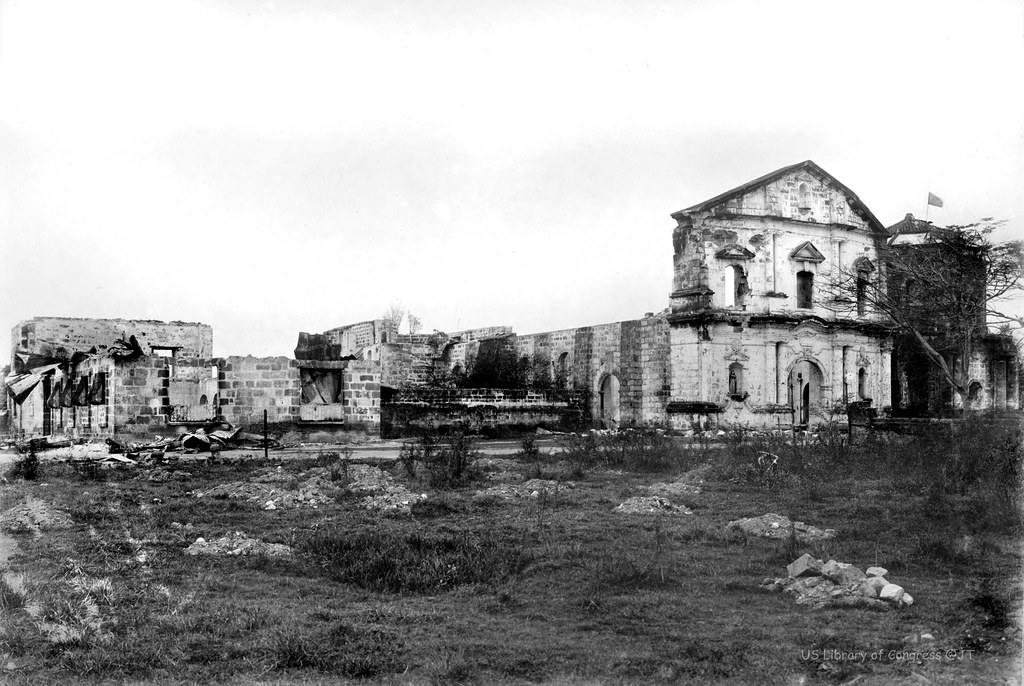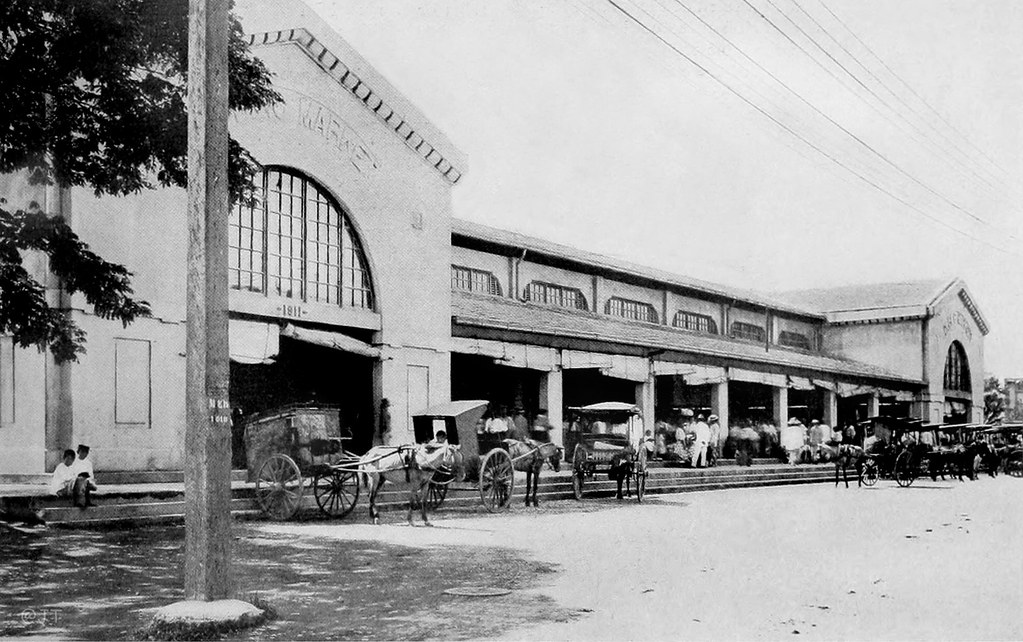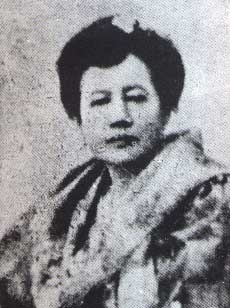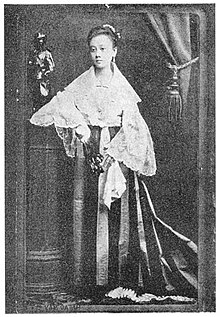| Fr.Godfried Aldenhuijsen |
Meantime, Fr.Esquenet made use of a small chapel along Peñafrancia Street. which became an extension of the parish and where he started a small school for about 50 children
After Fr.Esquinet was assigned to another parish in Lipa, Batangas in September 1912, Fr. Godfried (Godofredo) Aldenhuijsen, popularly known as Fr.Godo, took over the parish. Aside from parish work he continued what Fr.Esquenet had started educating the young in his small chapel.
During the time of Fr.Godofredo, Paco Catholic School emerged as an institution to reckon with, becoming the largest parochial school in the Far East.
 |
| Paco Catholic School(logo) |
In June 1913, following a marked increase
in enrolment, Fr.Godofredo asked the the Belgian Mothers (CMSA now ICM) from St.Therera's College to help run the school in Peñafrancia. Thereafter, enrolment steadily increased by one grade level every year until the primary course (Grades 1-4) was completed. Finally in 1916, th grade school was fully recognized by the government.
When Fr.Godofredo was transfered to Pasig in September 1919, Fr.Josef Billiet became the parish priest for 10 years. Finding it inconvinient to administer a growing school, which was quite a distance from the convent of Paco. he had a wooden building of five rooms constructed along the Trece de Agosto Street on the north and along the estero on the south of the present site of "Paco Catholic School". The students of Peñafrancia transferred to the new building in the early 1920's.
March 1931 marked the return of Fr.Godofredo to Paco after an absence of 12 years. In 1932 the old church, started by Fr.Esquenet in 1908 and completed by Fr.Godofredo in 1912, was reconverted into four classrooms in 1932. a second floor was added to serve as the Mother's convent. On May 21, 1933, the nuns came to live permanently in the church school compound.
In 1933, the Intermediate level (Grades 5-7) was granted government recognition. A year after, a three-storey concrete edifice was constructed and the first year course in High School was offered. Paco Catholic School accepted its first 13 students in the new high school building, named the Sacred Heart Building (oldest surviving building), now the Fr.Godofredo Aldenhuijsen Heritage Center. From then on, one year level was added every year.
As then, 13 freshmen formed the first batch of high school graduating class for S.Y.1937-1938. The school then received its full recognition for secondary course from the government.
 When World War II broke out in the Pacific on December 8,1941, the school closed. However, in 1942, on the occasion of pastoral visitation, the Archbishop of Manila insisted that at least the high school level be reopened . The battles of liberation forced the school to close again in September 1944.
When World War II broke out in the Pacific on December 8,1941, the school closed. However, in 1942, on the occasion of pastoral visitation, the Archbishop of Manila insisted that at least the high school level be reopened . The battles of liberation forced the school to close again in September 1944.
At the end of the war in 1945, Fr.Godofredo returned to Paco. The school was able to start classes in July 1945 with 1,500 students. To accommodate all the students, the double session was introduced-girls in the morning and boys in the afternoon.
Repairs on the the damaged buildings were made between 1946 and 1955, including the conversion of the Mother's convent into a girl's high school building
The CICM Fathers and the Belgian Mothers (now ICM Sisters) continued their administration of the school, with the population reaching 7,000 in 1964.
Paco Catholic School Hymn
PCS celebratated its Centennial Foundation Day for 1 week in 2012
Conclusion:
(PCS) Paco Catholic School should keep up its quality education like they always did until now making a Paconian to be a total person before they leave the hallways of the school and carrying the school's moto Noblese Oblige (Nobility Obligates) meaning "your nobility, your dignity is great, and great, therefore, is your responsibility.




































